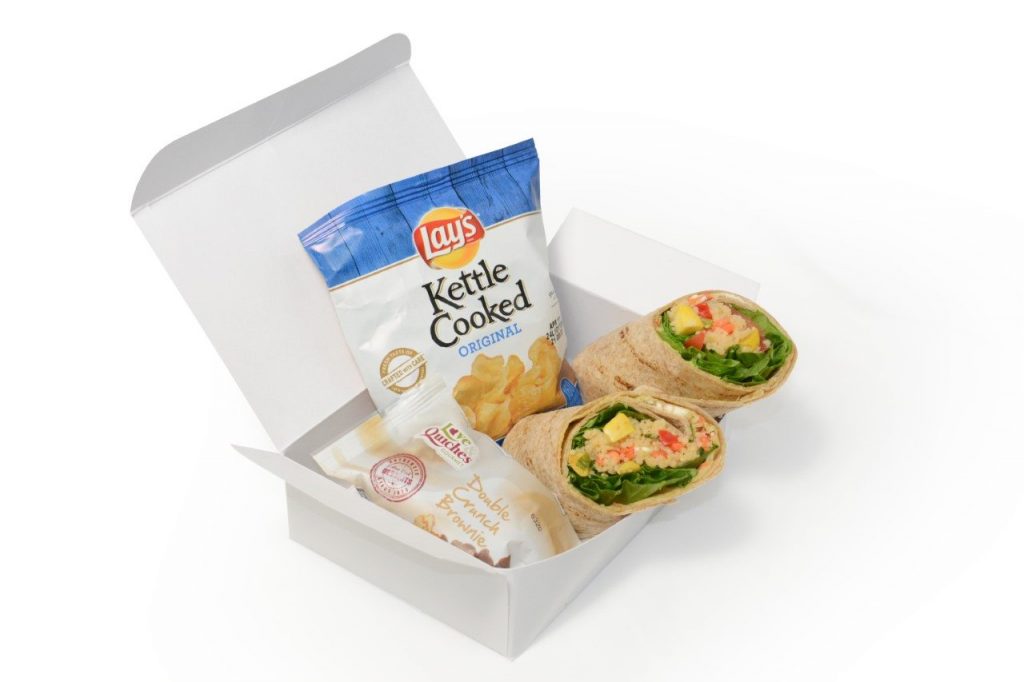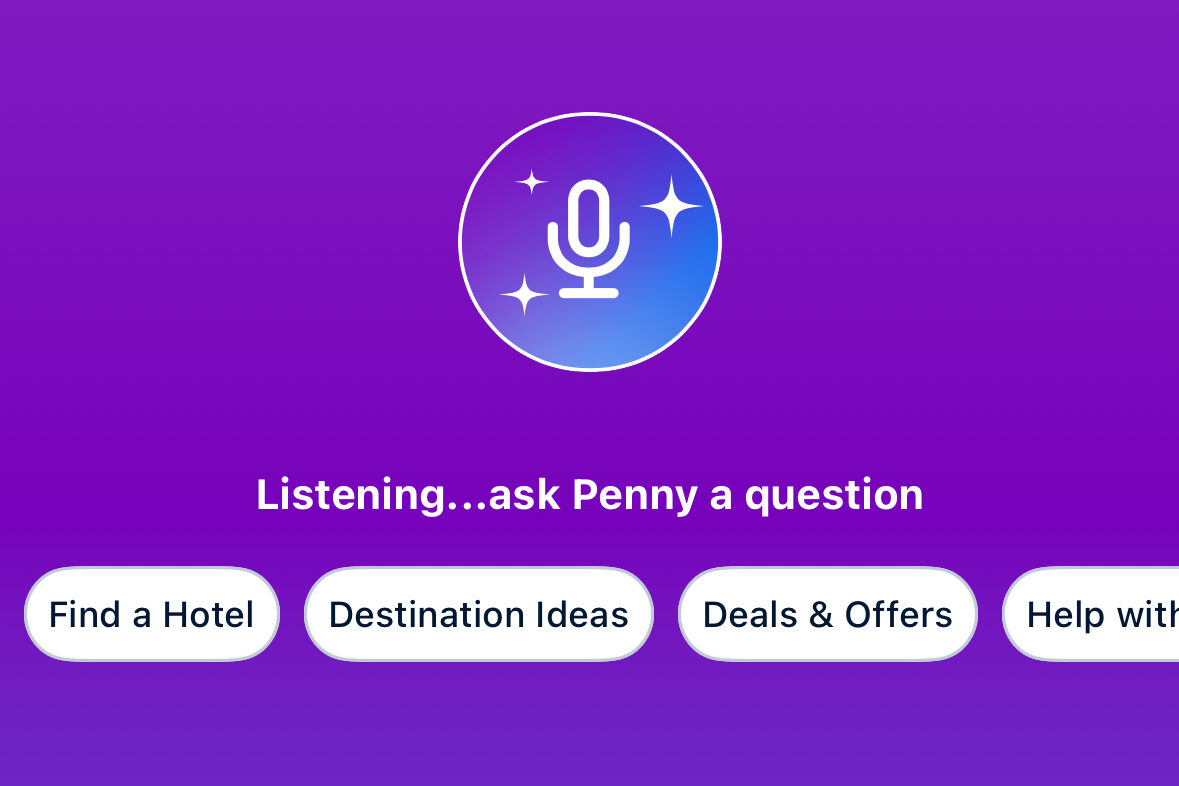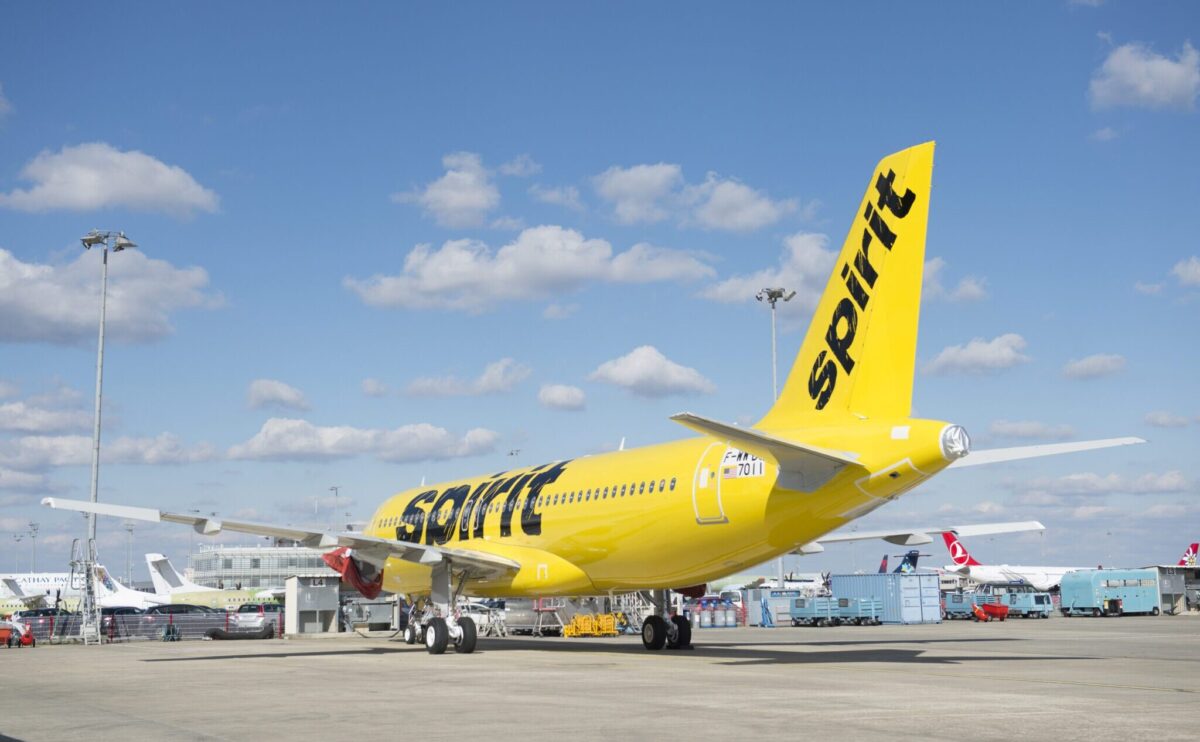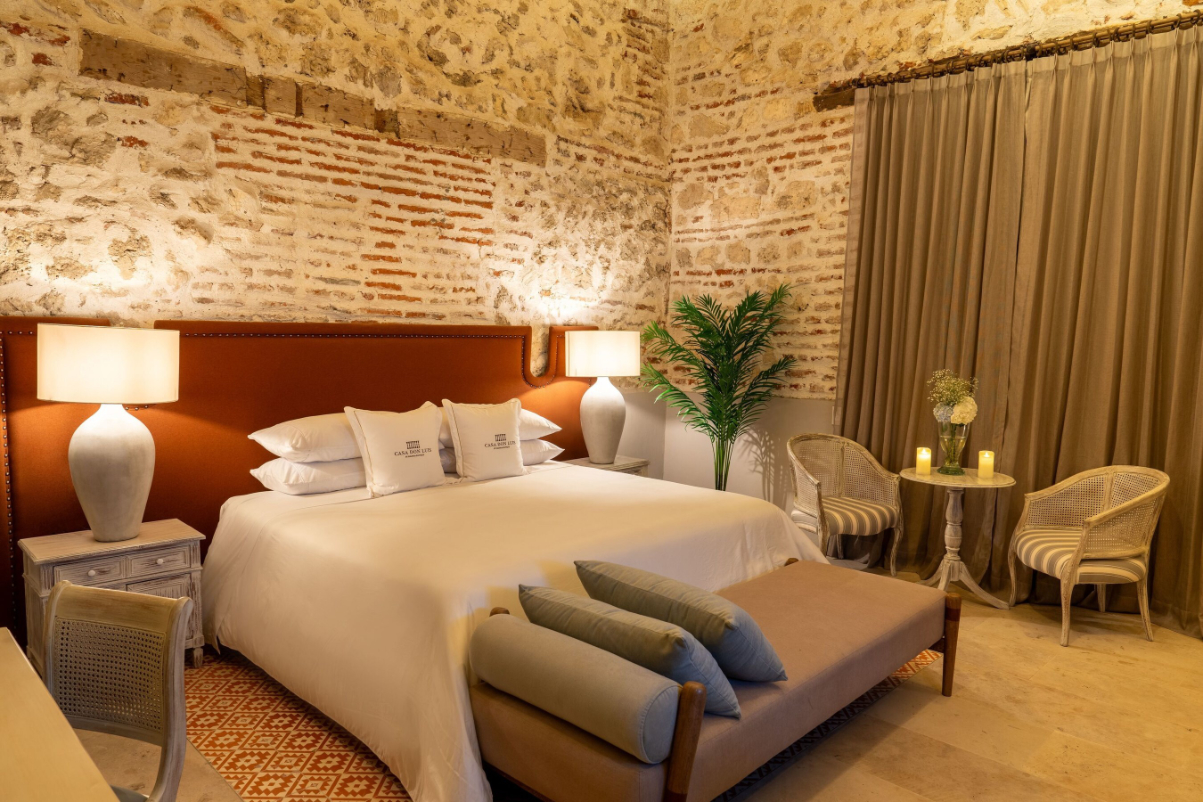Why Airlines Rarely Know Exactly How Much Food and Drink They Need for Each Flight

Skift Take
Airlines have been flying for a century, yet no one has solved what should be a simple problem: how many drinks and fresh food items to board on each flight.
It's for good reason. Each flight has different demand, depending on aircraft type, time of day, day of week, and origin and destination. On flights to Atlanta, world headquarters of Coca-Cola, more customers may prefer Coke and a burger. To Los Angeles, customers might want water and a kale salad.
Most carriers have a rudimentary idea of what customers want, because they go by historical patterns. And with non-perishable items, they may over-cater, so they won't run out of customers' first choice. But when an item is perishable, like a sandwich or salad, they may board fewer, hoping they can sell each one. Most airlines toss unsold fresh food after every segment for safety reasons.
But what if there was a better way?
This is something I explored earlier this week. I learned EasyJet's CEO, Johan Lundgren, seeks to reduce waste, and this spring asked the carrier's data science team to pursue a solution. It analyzed demand patterns, and discovered the airline on average wasted three fresh food items per flight, or about 800,000 per year.
Other airline executives told me they're interested in similar strategies, including Martin Gauss, CEO of Air Baltic. “There is nobody yet who has gotten that right,” Gauss said. “We are loading the wrong stuff. They wanted a sandwich. And you say, the sandwich is out, but we still have earrings and suntan cream.”
Be sure to read the story for more details.
— Brian Sumers, Senior Aviation Business Editor [bss@skift.com, @briansumers]
Best Of SkiFt
Airlines Hope Algorithms Can Finally Fix Their Drink Carts: I like Air Baltic's Gauss, who has a German penchant for honesty. “There is so much stuff being sold on board which nobody wants to buy,” he told me. “I do not understand why we can’t do that better. We have a project now working on optimizing. Why don’t we just sell what passengers want to buy and let them shop that whole trolley empty, and not try to sell something nobody wants to buy?” Here's hoping Air Baltic figures it out.
Icelandair to Buy Rival Wow Air: In September, Wow Air CEO Skúli Mogensen told me he figured Icelandair would be a good landing spot for his airline, saying, "Clearly we could rationalize the network and leverage the situation a lot better — a no-brainer. Will it ever happen? I am not sure.” At the time, he was probably further along than I realized, because this week, he sold the company. It was likely the right move, because otherwise it would have been a rough winter. Actually, it'll still be a tough winter, but that's now Icelandair's problem.
SAS New Emotional Video Takes the Prize for the Best Travel Ad of 2018: Skift's CEO, Rafat Ali, doesn't write much, so when he does, it's for good reason. Over the weekend, Rafat enjoyed a new SAS video so much he wrote a post about it. Have you seen it? This video shows how a small brand can break through clutter with an emotional appeal to travelers.
Air Canada Struggles With How to Fill Planes in Winter: Air Canada is in strong fiscal shape, but it has the same problem as many airlines based in northern latitudes. It makes the bulk of its money in summer, when its customers are willing to pay a premium to travel, while mostly breaking even in the first and fourth quarters. On their earnings call last week, executives outlined some plans to improve the winter business.
How Air France-KLM’s CEO Wants It to Be Like Other Airline Groups: Air France-KLM has several problems, but one of them is that the two airlines operate separately. Skift Europe Editor Patrick Whyte writes that the company's new CEO wants this to change.
American Air Joins Peers in Making It Harder to Hit Top Loyalty Tier: American is the latest of the major three U.S. carriers to make it more difficult for customers to reach one of its highest loyalty tiers, Skift freelancer Grant Martin reports.
Best of the Rest
Rebuffed British Airways Parent Still Interested in Buying Norwegian Air: International Airlines Group, parent of British Airways, Iberia, and others, had its investor day last week, and there were some interesting nuggets, including discussion of British Airways' image problems, and some frank talk about the company's short-haul low-cost airline, Vueling. The discounter, based in Spain, is reducing growth next year by retiring four aircraft, Bloomberg reported.
California’s Newest Airline Takes Off After Years of Uncertainty: Unlike American Airlines CEO Doug Parker, I know not to make public bets. (You'll remember he placed a losing bet about American's stock price.) But I do not expect California Pacific Airlines to make it, long term. Do you? Here's a story from Bloomberg about the airline's first day of operation.
In China, Female Pilots Strain to Hold Up Half the Sky: Just 1.3 percent of commercial airline pilots in China are women, according to this Reuters story. "China’s airlines only hire cadets directly from universities or the military," the story notes. "They often limit recruitment drives to male applicants and very rarely take in female cohorts."
More Polaris Cuts
You probably recall a couple of years ago, when United Airlines CEO Oscar Munoz played host to a grand event in New York City at which he outlined his vision for the carrier's new Polaris business class.
Some stuff he highlighted was expensive for the airline and time-consuming for the crew. That's why, as I wrote in a story earlier this year, United reduced some service elements, including the wine tasting and rolling Bloody Mary bar.
Some other changes are coming, as United goes for efficiency. Starting in February, according to an internal communique, catering will plate entrees before the flight, "eliminating the need for the mid-galley [flight attendant] position on certain international widebody flights."
United also will reduce the number of flight attendants on some other international aircraft, because that's how American Airlines does it. "On the 787-8 and -9, American operates with one fewer flight attendant than United," the note said. "We’ll be matching their staffing level on these aircraft, along with removing one flight attendant in the economy cabin on international 757 routes to operate more efficiently and align with our peers."
A spokesman for United said, "It's just us being more efficient. The quality and everything will stay the same. The product is not changing."
Do you think customers will notice the changes?
Contact Me
Skift Senior Aviation Business Editor Brian Sumers [bss@skift.com] curates the Skift Airline Innovation Report. Skift emails the newsletter every Wednesday. Have a story idea? Or a juicy news tip? Want to share a memo? Send him an email or tweet him.




